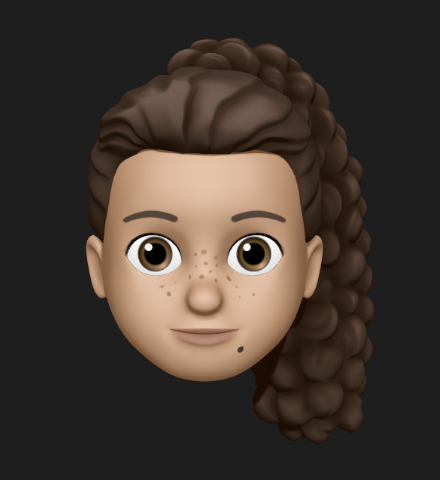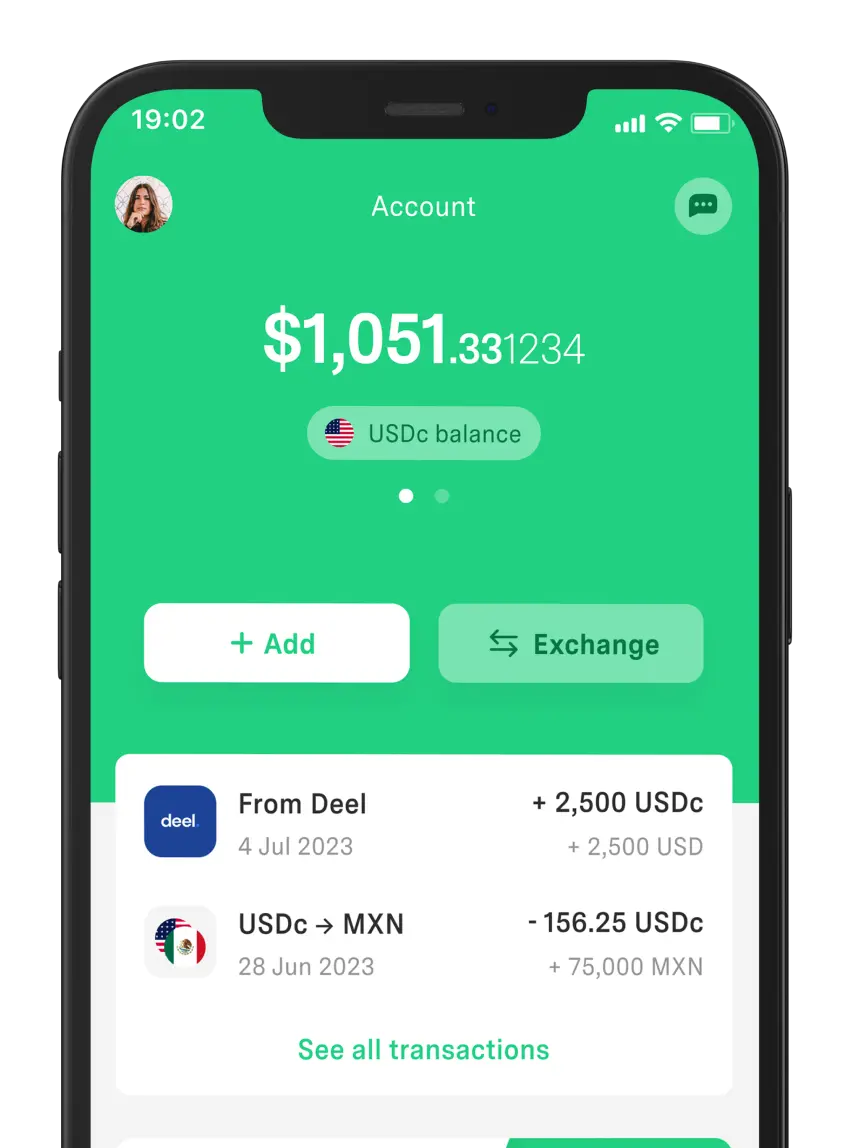 Work and Travel
Work and Travel Latin American Currencies: Discover Each Country’s Currency
At least 20 different currencies circulate in Latin America. Discover the currencies of Latin America and their current value against the dollar.



Canada offers exceptional quality of life and incredible cultural experiences. But if you plan to live, work, or explore this country for a month or more, it’s important to know how much budget you’ll need. Especially if you have Toronto and Vancouver in mind as destinations, since they’re also known for their high costs.
Although each expense may vary due to multiple factors, covering accommodation, food, transportation, and entertainment is the priority. That’s why today we show you estimates by category and practical tips to save during your stay in Canada.
Canada is one of the most beautiful countries in the world, but before you venture to live or work there, let’s talk about how much you can spend.
The first thing you should know about the cost of living in Canada is that there’s no single answer. Why? Because it’s very variable. It’s not the same to live in Toronto as in Halifax, nor to have a quiet routine than to want to explore the best of the country.
In other words, it all depends on the city you choose, your lifestyle, how long you decide to stay, among other factors. Still, we can give you a general average of common expenses:
Accommodation is, without a doubt, one of the most important expenses to consider during your stay in Canada. In addition, there are apartments, hostels, hotels, guest houses, or private homes, etc.
Each type of lodging has different prices depending on the level of luxury, for example:
Renting a room in an apartment can cost between CAD 1,500 and 2,000.
A room in a shared apartment ranges between CAD 650 and CAD 1,100.
Options like homestay offer rooms from CAD 750, with access to a bathroom and kitchen. Although some modalities include two to three meals a day, with prices ranging between CAD 1,000 and 1,200.
Prices may also vary depending on the city and location you are in.
Food expenses in Canada depend on your habits, but if you cook at home, you can spend between CAD 250 and 350 per month.
Now, if you eat out every day, the amount rises to CAD 450, as each meal costs around CAD 15.
Public transportation in Canada is efficient and punctual, with options such as subway, bus and streetcar.
On average, you could spend between CAD 105 and CAD 112, depending on the city and the type of pass you have.
Within the monthly cost of living in Canada, you also have to consider leisure and outing expenses.
Whether you work as a digital nomad or plan to enjoy your weekends, the budget will increase, for example:
1 beer at a pub ranges between CAD 5 and CAD 10.
The average price of a cup of coffee is CAD 2.95 and CAD 5.00.
1 movie ticket costs between CAD 13 and CAD 16.
A dinner for two at a standard restaurant costs between CAD 60 and CAD 120.
You could say that CAD 400 per month is a reasonable estimate for recreational activities.
Adding all these factors and others, what is the monthly cost of living in Canada? On average, CAD 4,100.
How Much Does It Cost to Live in Canada in Mexican Pesos?
Based on converter data, you’d need a budget of MXN 58,214 for a comfortable month. However, the cost of living in Canada for students is usually more affordable, given the discounts and benefits the country offers.
As mentioned, the cost of living in Canada isn’t the same everywhere. Cities like Toronto and Vancouver top the list of the most expensive, followed by Victoria, located on the west coast.
Besides being the largest city in Canada, it’s one of the most expensive to live in. Perhaps because it’s a financial, cultural, and tech hub.
Compared to other big cities, it’s 20% more expensive, especially in housing and transportation. Still, it remains an attractive destination due to job opportunities and quality of life.
Average monthly cost of living (one person): CAD 4,400.
Vancouver is one of Canada’s most attractive cities, famous for its ocean and mountain landscape. But its real estate market is among the most expensive in all of North America. As a result, residents usually allocate a large portion of their income to rent or mortgage payments.
Average monthly cost of living (one person): CAD 5,500.
This city offers a relaxed lifestyle, with mild weather and beautiful scenery—ideal for those seeking a peaceful setting without being far from urban centers. Despite being smaller than the others, living in Victoria is also costly.
Average monthly cost of living (one person): CAD 4,300.
Keep in mind that most estimates focus on a single person. The cost of living for a family in Canada tends to be much higher.
Living or working in Canada can be an unforgettable experience, but it can also mean high expenses.
If you want to save a bit, check out these tips:
Cooking your own meals is one of the most effective ways to save while traveling—especially if you go to large supermarkets that offer a variety of products and weekly deals.
In this sense, shop at Walmart, Loblaws, or Metro, since they offer affordable prices.
Canada has many free leisure options: nature parks, trails, urban beaches, cultural festivals, etc.
Stay informed about local events in the city you’re in and plan activities without having to spend money every time.
Take advantage of the weekly or monthly passes available for public transport.
If your destination is Toronto, for example, you have the Presto Card, while in Vancouver you can pay with the Compass Card. These systems are efficient, safe, and cover the cities well, and they help you save if you plan to go out daily.
Renting a room or apartment in farther zones will indeed reduce your accommodation expenses a lot. Also, with a good public transportation connection, you can get downtown easily and pay much less.
The opportunities are out there—you just need to know where to look.
What does this mean?
That you can save on entertainment, tech, and daily services, aside from food and transportation.
Platforms like Groupon Canada and RedFlagDeals offer discounts for tour tickets, shows, spas, restaurants, and more. They also frequently offer deals on electronics, clothing, and leisure activities.
Just check these apps or websites before paying.
Managing your finances is key to not going over your budget in Canada. That’s why we suggest tracking what you spend on food, transport, leisure, and shopping.
Having visibility over your spending will help you detect money leaks and make better decisions.
If you’re traveling to Canada or working from there, DolarApp is an excellent alternative to manage your money.
To begin with, you can use the DolarCard for your purchases without complications, since it works internationally.
Also, if you’re self-employed or need to send/receive remittances, you can do so from the app safely. You can also exchange digital dollars at a competitive rate—without needing a traditional bank account.
Lastly, we remind you that in some cases, it’s necessary to have a visa to enter Canada. So, be sure to get informed before planning your trip.

The world has borders. Your finances don’t have to.
 Work and Travel
Work and Travel At least 20 different currencies circulate in Latin America. Discover the currencies of Latin America and their current value against the dollar.

 Work and Travel
Work and Travel U.S. cuisine might surprise you with unique flavors beyond fast food. Check out these 10 classic dishes.

 Work and Travel
Work and Travel Looking for a natural paradise of white sand and crystal-clear waters? Check out this top list featuring Caribbean paradises and other stunning beaches around the globe.


